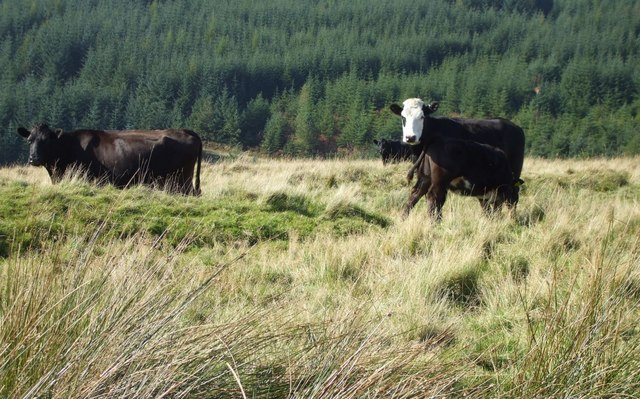
The dry summer followed by significant rain in October and November has led to a large late gutworm challenge. The NADIS December Parasite Forecast, has warned that large numbers of inhibited larvae may lead to an increased risk of scour in cattle this winter, particularly among young stock which do not receive a worming dose at housing.
Lungworm disease levels are expected to fall to low levels in December. A worming dose at housing should also clear any lungworm infection. Any out-wintered stock are still at risk of disease if stormy December weather releases more larvae onto the pasture from dung pats.
“This winter we advise moving out-wintered stock off contaminated grazing to prevent further gutworm and lungworm infection,” says Fiona MacGillivray, Veterinary Advisor for Merial Animal Health. “Dairy farmers should consider taking a MOO Test to check for levels of gutworm challenge in their herd and treat accordingly.”
The December forecast also highlights that pastures remain infective enough to cause disease and poor growth in sheep this winter. Monitoring disease levels via faecal egg counts from batches of animals should enable farmers to keep on top of worm control.
Liver fluke disease is expected to reach relatively high levels by December. Northern and western Scotland and Northern Ireland continue to be at high risk for disease, with occasional losses expected across northern areas of England and North Wales. Lower levels of disease are forecast across the remainder of the UK.
Fluke disease generally peaks around February and March and cows affected over-winter will have reduced growth rates and fertility. In dairy cows milk yields and quality levels will be reduced and there is also an increased risk of metabolic disease.
Mrs MacGillivray says: “With beef cattle, if they are housed, treating as soon as possible after housing will give them the best chance to maximise their growth rates over-winter. Any cattle which are out-wintered should be dosed around December or January and may continue to pick up infection during mild periods of weather, unless they can be moved from high-risk pasture or permanently wet ground can be fenced off.”
Above average temperatures in October allowed continued fluke and snail development, meaning cases of acute fluke in sheep may continue to occur through January and onwards. Only a hard frost will significantly reduce the risk to flocks on infected pastures.
Winter treatments in December or January are recommended, following an earlier autumn dose, on farms where disease history or monitoring has identified high levels of infection. Sheep should also be moved to fluke-free ground if possible.
If disease risk is lower and/or where triclabendazole resistance issues are suspected, farmers should consider alternative products with activity against late immature fluke.
